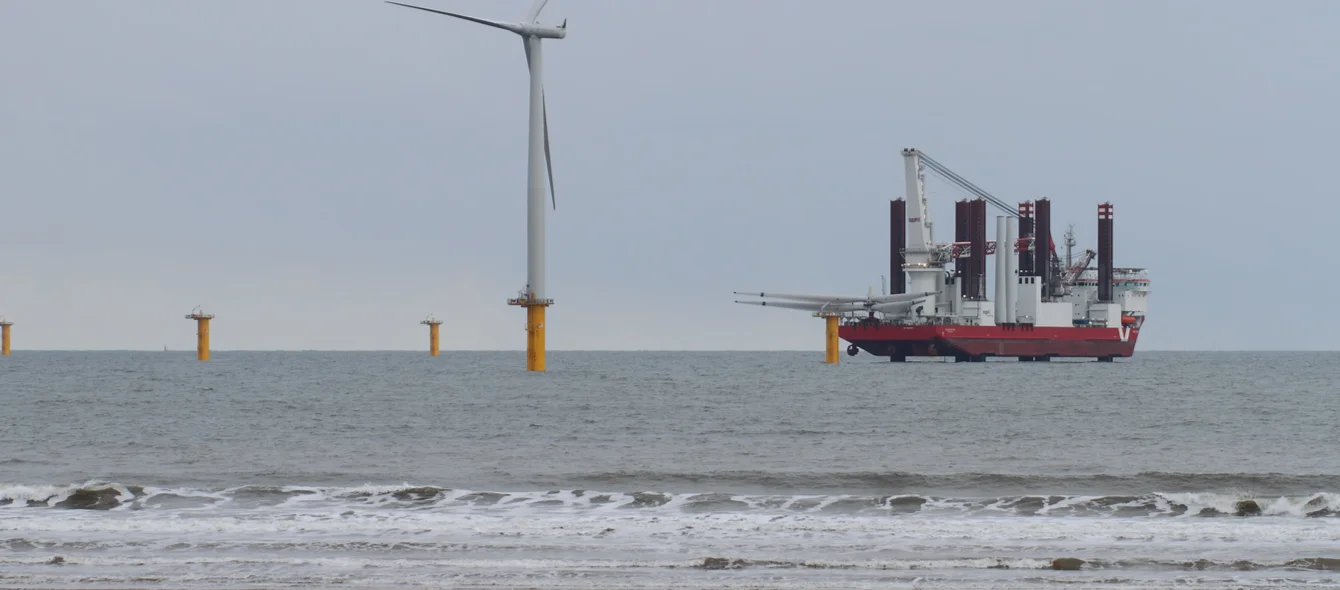The UK government published its Energy White Paper in December, Powering our Net Zero Future, which, in addition to its ten-point plan for a green industrial revolution announced earlier, are gradually putting flesh on the bones of the policies needed to reach net zero carbon emissions by 2050.
The exact energy mix in 2050 will be left to the market, but the White Paper provides an illustrative picture, formulated by the Climate Change Committee, and it is clear that energy use circa 2050 will be very different from today. Coal is long gone and the amount of natural gas and oil used for final energy consumption is radically reduced.
Energy efficiency plays a huge role and the energy system will be far more dependent on electricity. By 2050, final energy use will fall from over 1,700 TWh a year in 2019 to 1,200 TWh/yr, but electricity demand could as much as double, putting the country’s electricity utilities at the forefront of energy transition delivery.
The increase in electricity consumption comes from two areas: the mass adoption of electric vehicles, displacing oil consumption; and the growth of electricity in heating, displacing natural gas. To achieve the latter, the government wants to see the number of heat pumps installed every year rise from 30,000 to 600,000 by 2028.
Renewables boom
To make this transition to electricity on a sustainable basis, clean power generation will have to expand four fold. Renewable energy generation balloons, rising from around 110 TWh/yr and about 35% of generation today to more than 450 TWh/yr and about 70% of generation in 2050. This clean power will be provided predominantly by wind, both on and offshore, and solar power.
This will be supplemented by a significant increase in nuclear energy generation. Here the government is looking at existing nuclear technology, subject to value for money, and with the caveat that newbuild nuclear costs need to fall 30% by 2030, as well as technologies under development. It hopes to develop a Small Modular Reactor design by the 2030s and, even more ambitiously, to build a commercially-viable nuclear fusion plant by 2040.
CCUS
Natural gas will still play a role in power generation and possibly hydrogen production, but only in combination with Carbon Capture Utilisation and Storage (CCUS), which will also be used as a means of addressing industrial emissions.
The government envisages shared carbon capture and storage infrastructure for four CCUS clusters, two of which should be up and running by the mid-2020s and two more by 2030, one of which should include a power CCUS project. In addition to allocating £1 billion up to 2025 in funding for CCUS development, the government will finalise a new commercial structure for these projects in 2022.
UK ETS
The White Paper also revealed plans for post-Brexit carbon trading in the UK. The government will set up an independent UK Emissions Trading System (ETS), replacing the country’s participation in the EU ETS. This, the government says, will be the world’s first net zero carbon cap-and-trade market. It will initially apply to energy-intensive businesses, electricity generation and aviation, but more sectors of the economy are likely to be added in time.
A net zero carbon ETS implies that the rate of reduction for the cap placed on emissions will be designed to reach close to zero by 2050. This should provide a robust carbon price signal, incentivising sectors covered by the scheme to invest in low carbon technologies. The UK ETS could be linked to similar schemes in other countries, but no decision has been made yet on preferred partners.
In 2050, there are still likely to be some residual emissions, but these will be addressed by offsets, such as reforestation, and potentially negative emissions technologies such as biomass with CCS and the direct capture of carbon from the atmosphere.
System investment
Electrifying transport and heat on the one hand, and massively boosting renewable energy generation on the other, both imply huge investment in the electricity system. For a start, a recharging network needs to be rolled out for the millions of electric vehicles heading for UK roads. Here the government will provide £1.3 billion of funding to accelerate the deployment of charging points in homes, workplaces, streets and motorways. A Transport Decarbonisation Plan is to be presented in the Spring of 2021. In addition, the White Paper says the electricity network needs a “complete step-change in approach and scale.”
The government intends to legislate to allow the competitive tendering by private companies in the building, ownership and operation of the onshore electricity network, at both the transmission and distribution levels. Competition in this area, it says, should drive down costs for consumers.
